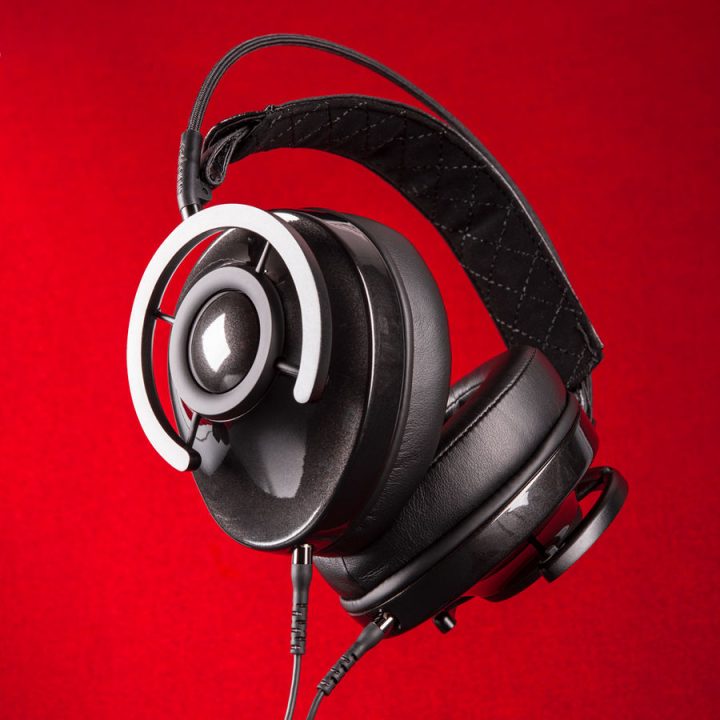
The Sony TA-ZH1ES made the microZOTL2.0 sound nearsighted. Even more remarkably, its sound had a hypnotizing, deep-sea, looking-into-the-abyss spatial perspective that got darker and denser as it descended (or ascended) into infinite space. The TA-ZH1ES's sound was unique because it made the bass seem stronger than I'd previously heard with any of my reference headphones.

It excelled at bass drive, boogie, and bounce. With both its own DAC and the Mytek Brooklyn, the Sony amp delivered a powerful, grainless, recording-studio sound that seemed darker but no less transparent than either the Linear Tube Audio microZOTL2.0 ($1100) or Pass Labs HPA-1 ($3500) amplifiers. I used the TA-ZH1ES with all of my best headphones, and for about a third of my auditioning of the MDR-Z1Rs. On the rear panel are a preamp output and four inputs, analog (RCA) and digital (USB-B, coaxial, optical). Most of its all-business front panel is taken up by six output jacks: a balanced XLR4 followed by five jacks rimmed in brass: unbalanced 3.5 and 6.3mm, balanced 4.4mm, and separate left- and right-channel balanced 3.5mms. It has adjustable gain, and processes 32/768 PCM and native DSD up to 22.4MHz. The TA-ZH1ES is a hybrid analog/digital design whose sound is quiet as death and joyously alive. Though it measures only 8.27" wide by 2.56" high by 12.36" deep, it's a densely attractive object weighing 9.7 lbs, and Sony's industrial-dark-brown finish expresses an old-school seriousness. Sony's current flagship DACheadphone amplifier, the TA-ZH1ES ($2199.99), was designed by Masaki Sato and his team. That makes them already one of the greats.

In these important areas, the MDR-Z1Rs rival their open-back competition from Audeze, Focal, and HiFiMan. Their sound has a unique purity (as in uncolored), naturalness (as in relaxed and nonmechanical), and beauty (as in vivid and transparent). The MDR-Z1Rs are the most open-sounding closed-back headphones I have experienced. The Sonys made more natural-sounding bass and more present-sounding midrange than the Audeze LCD-4s and they sounded more relaxed and easygoing than the HiFiMan HE-1000 V2s.

After weeks of digital streaming, CDs piled everywhere, and scores of LPs, I began to realize: The Sony MDR-Z1Rs possessed that same understated vividness that makes the Focal Utopias so special.
#AUDIOQUEST NIGHTOWL REVIEW FULL#
The MDR-Z1Rs delivered the full measure of this spectacular performance, recorded live at The Matrix, a club on Fillmore Street in San Francisco hence the set's title.Įventually.
#AUDIOQUEST NIGHTOWL REVIEW PLUS#
Through Sony's splendidly vivid-sounding MDR-Z1R headphones, Lou Reed's hyper-strummed, screaming, droning guitar, plus Maureen Tucker's poetic-eccentric drumming, were like a needle in my arm booting me all the way up till "I felt just like Jesus's son." Moe's drums could not have sounded more solidly real or more perfectly toned. "Heroin (Version 4)": I'm addicted to musicians who can play simple guitar rhythms and jack me up into pulsating delirium. I took a deep breath, pulled the bunker shades down, and listened to Lou Reed croon "Waiting for the Man" and execute long sloooow guitar licks that seemed so "I'm feeling g-o-o-o-o-o-o-d.


 0 kommentar(er)
0 kommentar(er)
